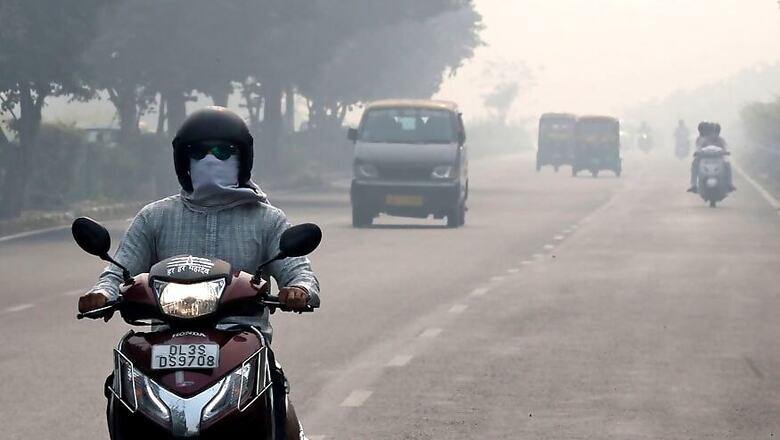
views
New Delhi: About 65 per cent of pollution in Delhi is due to local sources and it is the main reason why the national capital and its surrounding areas are seeing poor or very poor air quality, environmentalist Sunita Narain said on Wednesday.
She said pollution from stubble burning in Punjab and Haryana contributes only about 5-7 per cent to Delhi's pollution load, but this could go up if there is wind blowing down from the north.
While pollution usually increases after mid-October, the sources of pollution remain the same, she said. Narain, director general of Centre for Science and Environment (CSE), made the observations in a video shared by the environment think tank on its social media accounts.
In the video, Narain and executive director and head of the air pollution and clean transportation programme at CSE, Anumita Roychowdhury, are seen discussing how pollution can be further brought down in Delhi.
"About 65 per cent of pollution in Delhi is due to local sources. They are the key reason why the national capital and its surrounding areas are seeing poor or very poor pollution levels," said Narain, who is also a member of the Supreme Court-mandated Environment Pollution (Prevention and Control) Authority (EPCA).
"Stubble burning in Punjab and Haryana contributes about 5-7 per cent to Delhi's pollution load," she said, adding that this could go up if there is wind blowing down from the north.
There is little dispersion of pollutants as there is no wind, Narain said.
"Cold wind is coming into Delhi. No wind, no dispersion, that makes the same sources of pollution choke us," she said.
Narain's comments come in the backdrop of the Delhi government's claim that most of the pollution in Delhi-NCR is due to external factors like stubble burning in Haryana and Punjab.
She said the enforcement of the Graded Response Action Plan (GRAP), which came into effect from October 15, requires every city in the National Capital Region (NCR) to act and it will be crucial for curbing pollution this winter.
Speaking about pollution hotspots in the city, Narain said, "There are 14 such areas where pollution levels exceed the city average. These areas have high pollution because of the burning of municipal solid waste and industrial waste."
Delhi has managed to bend the pollution curb "with over all particulate pollution down by 25 per cent", Roychowdhury said. She attributed this decline to a range of reasons.
"First of all three (thermal) power plants, equalling 1,245 megawatts of generating capacity, were shut. Dirty fuels like pet coke, furnace oil and coal were also banned. As a result, a
massive transition to natural gas happened not only in the transportation sector but also in the industrial sector," she elaborated.
BSVI fuel has already arrived and has been scaled up in the city, she added.
Other measures for cleaner air include regulation of trucks entering the city, a ban on 10-year-old trucks and environmental cess on them. A cashless system tax collection using RFID (radio frequency identification) improved cess collection, Rowchowdhury said.
"There is also a reduction in the use of diesel generators, all these have helped immensely," she said.
She, however, cautioned that in order to meet the clean air standards, pollution load will have to be reduced by another 65 per cent and that could bring in more disruptive measures.












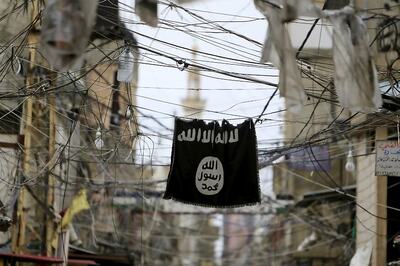



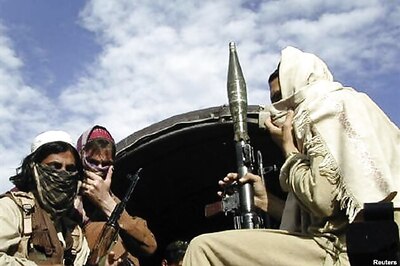
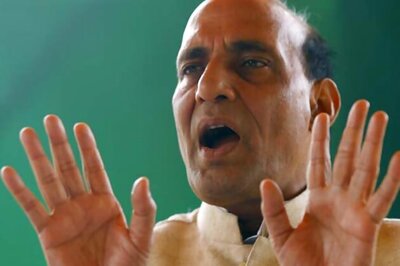

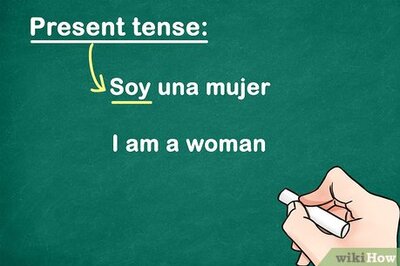
Comments
0 comment